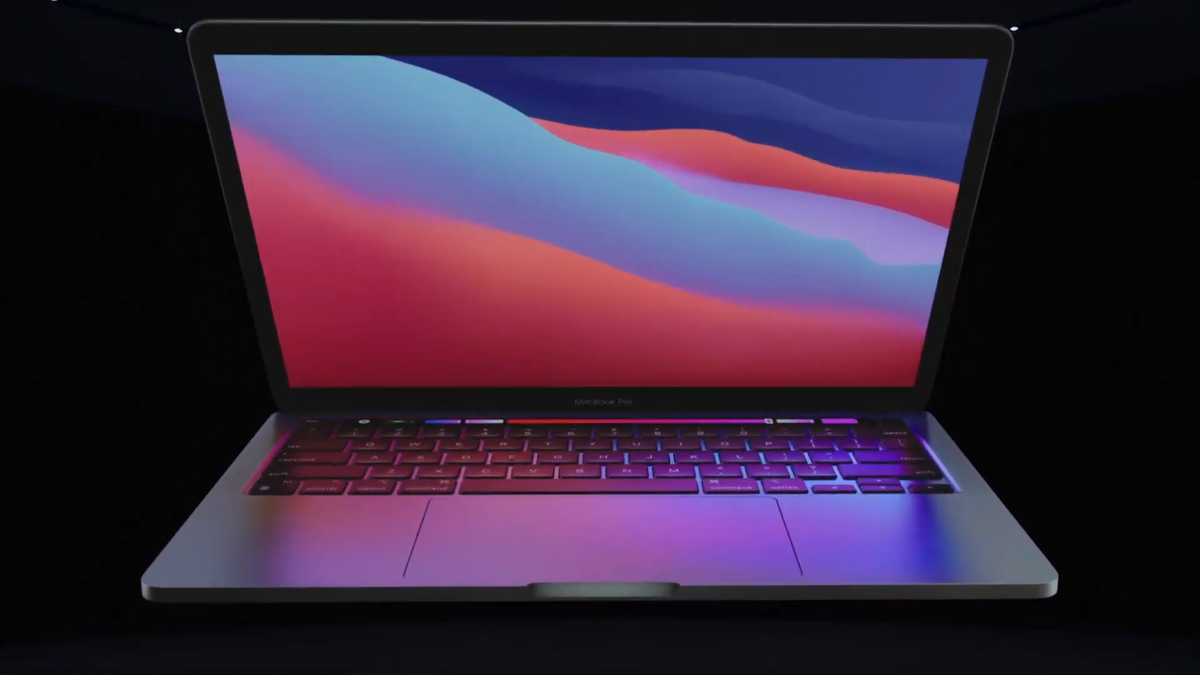The new MacBook Air and MacBook Pro have these major limitations (for now)
Power users should consider waiting for the next MacBook releases

Apple revealed new MacBook Air and MacBook Pro models running on a custom M1 chip at its "One More Thing" event on Tuesday.
While bold claims were made about the M1's performance and efficiency, there are a few limitations with the new MacBooks that might make early adopters wait for the next version of Apple's custom ARM-based chip.
- MacBook with Apple Silicon: Release date, rumors, specs, and what we want
- MacBook Air with M1 chip unveiled: Apple enters a new era
- Intel vs. ARM Macs: What's the difference and which should you buy?
The most glaring constraint is the memory available on both models. The MacBook Air and MacBook Pro (and the Mac mini) support up to 16GB of RAM, a step down from the 32GB of RAM available on the Intel version of the MacBook Pro.
For now, the new M1 chip can't support more memory so those who run RAM-intensive programs will either need to wait for Apple to refresh its high-end models or opt for the Intel versions. This will feel like a step backward for users who were finally given the option to boost RAM after Apple claimed years ago that memory options were purposefully restrained to improve battery life.
We don't expect Apple to release its most powerful laptop, the 16-inch MacBook Pro, without the option to upgrade to 32GB of RAM. Heck, the current Intel-based model goes up to a whopping 64GB of memory. Meant for professional users, the 16-inch model will likely house a different version of Apple's custom ARM-based silicon; possibly an M2 chip or a different variant of the M1 with wider memory support and more cores.
Rumors before Apple's event suggested the company was working on several versions of its custom chips, including one with eight cores and another with 12 cores. The M1 chip revealed this week has eight cores (four performance, four efficiency) so we could see a 12-core variant when a new 16-inch MacBook Pro debuts.
Apple will likely give the 13-inch MacBook Pro a boost as well when new chips arrive. Remember, Apple sells two configurations of the MacBook Pro: one with older CPUs and two Thunderbolt 3 ports and another with newer CPUs and four Thunderbolt 3 inputs. I'm guessing the newly revealed MacBook Pro is the lower-end version, and that a more premium model will arrive in the coming month.
Stay in the know with Laptop Mag
Get our in-depth reviews, helpful tips, great deals, and the biggest news stories delivered to your inbox.
Another shortcoming of the new MacBooks is that they won't work with an external GPU, or eGPU. Used to bring discrete graphics to laptops with integrated chips, eGPUs are a great way for gamers to play AAA titles at high graphics settings without the need for a chunky gaming laptop or desktop. They are also useful for video or photo editing pros who use graphics-intensive programs.
Macs with Intel CPUs running macOS High Sierra and later support eGPUs via a Thunderbolt 3 connection, so this is another step in the wrong direction. Speaking of Thunderbolt 3, the MacBook Air and MacBook Pro only have two USB ports; that's unchanged from the previous models but still annoying for anyone who was hoping to avoid living the dongle life.
The MacBook Pro and MacBook Air launch on November 17 so we should learn soon if the claimed performance and efficiency gains from the M1 SoC are worth the tradeoffs.
Phillip Tracy is the assistant managing editor at Laptop Mag where he reviews laptops, phones and other gadgets while covering the latest industry news. After graduating with a journalism degree from the University of Texas at Austin, Phillip became a tech reporter at the Daily Dot. There, he wrote reviews for a range of gadgets and covered everything from social media trends to cybersecurity. Prior to that, he wrote for RCR Wireless News covering 5G and IoT. When he's not tinkering with devices, you can find Phillip playing video games, reading, traveling or watching soccer.
